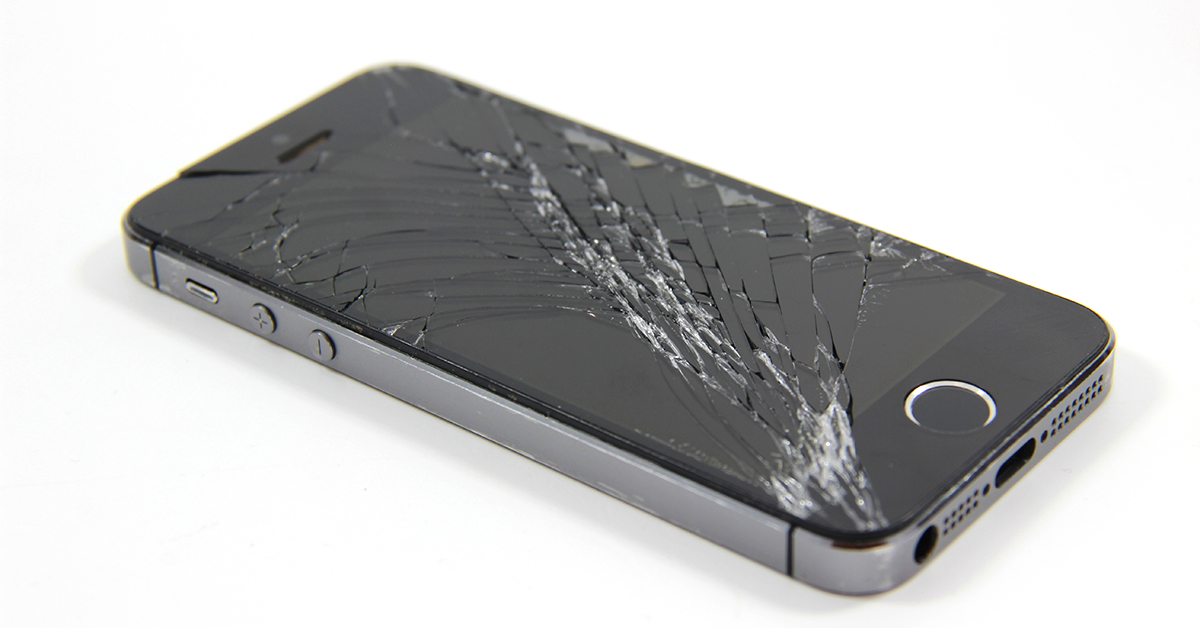
Photo by asifibhuiya on Pixabay
These days, forgetting your phone at home feels like you’re walking around with your hands tied behind your back. Smartphones have become such an instrumental part of our lives that the very thought of losing or damaging it is terrifying. Perhaps then, it is not surprising that we’re putting considerable effort into preventing these things from happening (i.e. proximity sensors, Find My iPhone, protective bumpers, etc.). However, we may be on the cusp of solving at least one of the problems, all thanks to chemistry.
We’ve long heard of self-repairing backs for smartphones. But a self-repairing cracked screens? If it sounds like a speculative headline on our part, I can assure you it’s not.
Micro-science
A team from England’s University of Bristol, led by chemist Duncan Wass, has demonstrated a carbon-based substance that promotes a chemical reaction when the glass on which it sits has cracked. The findings were presented at a Royal Society meeting in London last month. So here’s how it works:
The healing agent reportedly sits as a sheet of microscopic spheres that burst when the glass has cracked. When the spheres break, a liquid is released to fill the newly formed gaps. The liquid hardens (a process known as polymerization) when it makes contact with air and glues the cracked edges back together. The process takes between 30 and 60 seconds, and the glass can recover nearly all of its mechanical strength, according to the researchers.
The achievement actually takes a back seat to a more formidable application in airplane wings. Thanks to the versatile compound, future aircraft will repair cracks in their own fuselage in mid-air. From what I gather, the healing agent can be applied to most carbon-based materials – in other words, to almost everything we use on a daily basis.
Post A Reply